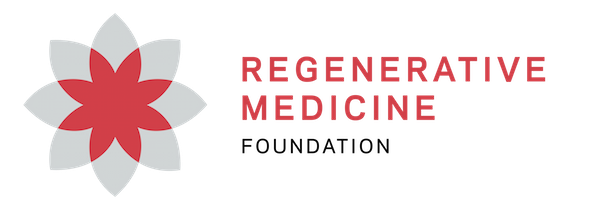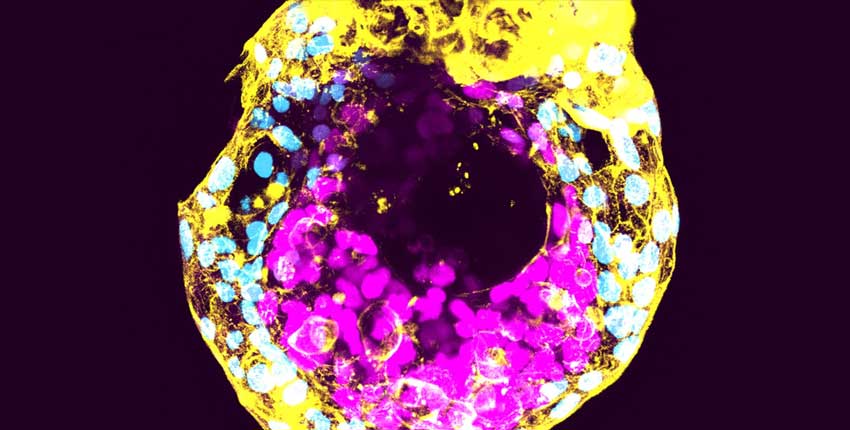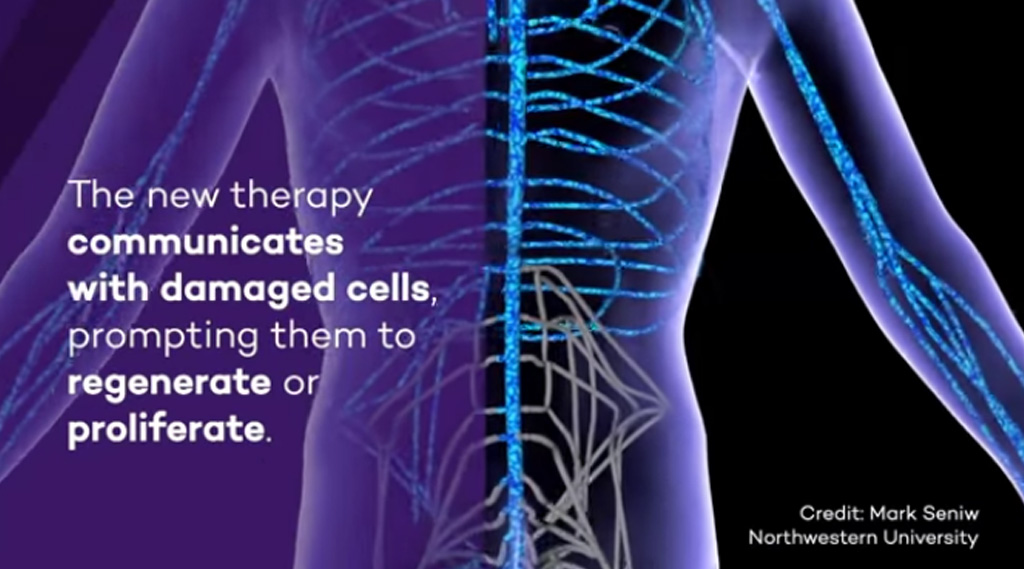By Technology Networks –
The researchers say their findings could inform regenerative medicine in humans.
Spontaneous injuries like the loss of a limb or damage to the spinal cord are impossible for humans to repair. Yet, some animals have an extraordinary capacity to regenerate after injury, a response that requires a precise sequence of cellular events. Now, new research from the Stowers Institute for Medical Research has unveiled a critical timing factor—specifically how long cells actively respond to injury—involved in regulating regeneration.
A recent study published in iScience on September 20, 2024, sought to understand exactly how an organism knows how much tissue has been lost post-injury. Led by former Predoctoral Researcher Augusto Ortega Granillo, Ph.D., in the lab of Stowers President and Chief Scientific Officer Alejandro Sánchez Alvarado, Ph.D., the team investigated how African killifish properly regrow their tail fin following damage. By analyzing tissue dynamics during regrowth, they found that in addition to known factors, including how many cells are participating and where they are located, the length of time cells spend engaged in the repair process is also key.




